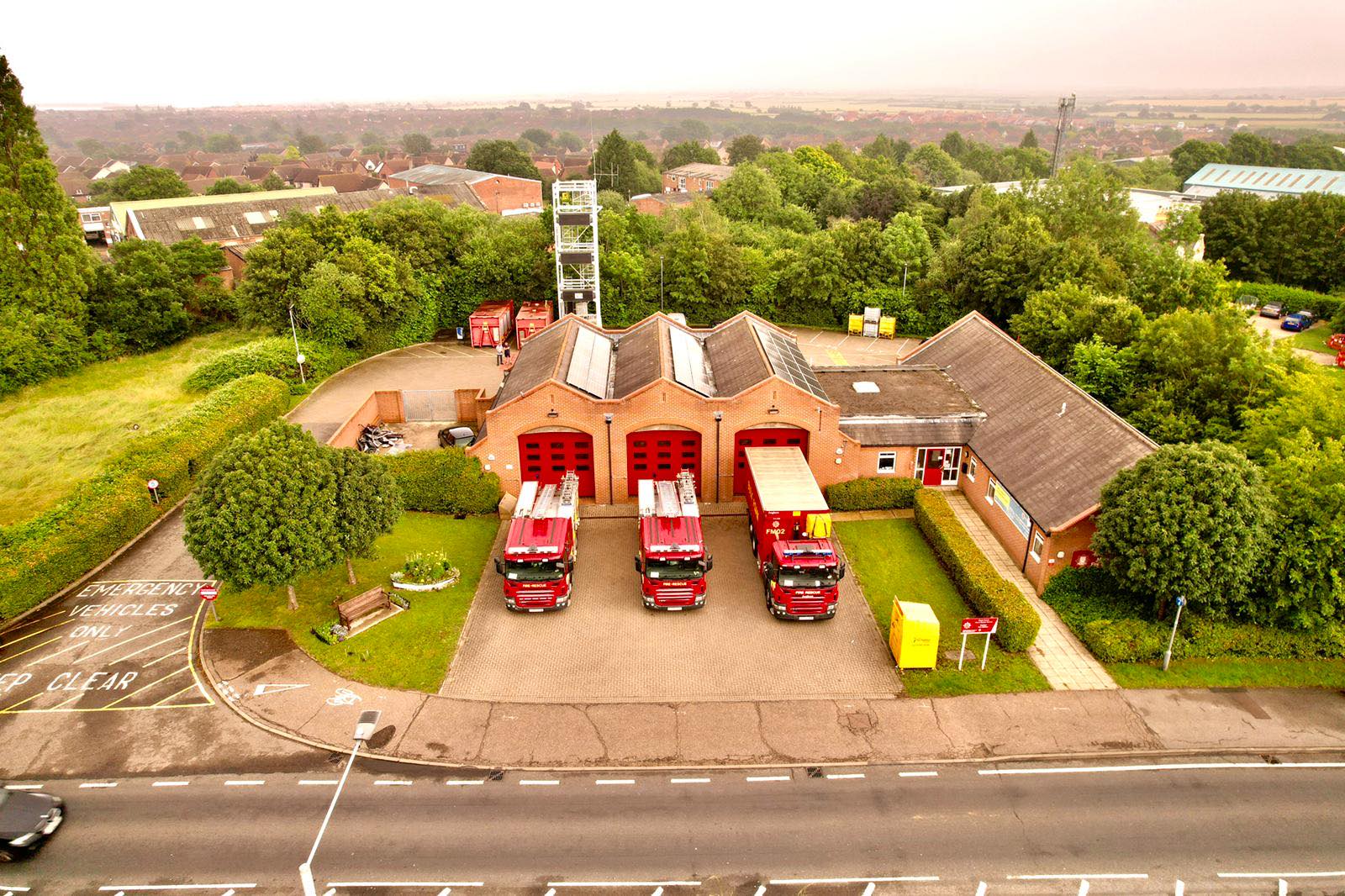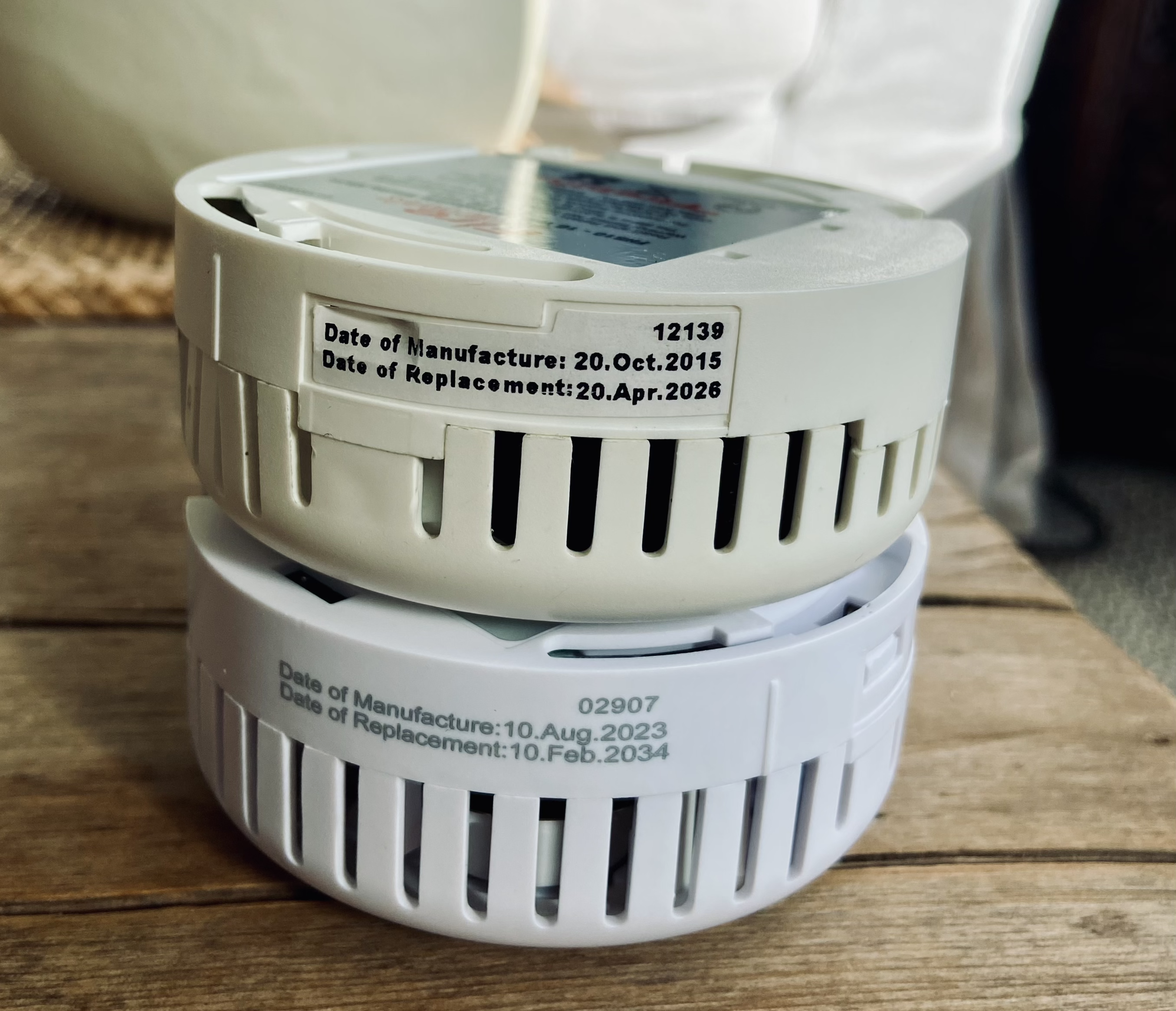A Woman Place
September 2019 sees the 80th anniversary of the start of World War II, an event which has left an indelible mark on the British fire service. When Prime Minister Neville Chamberlain made his fateful radio broadcast at 11:00 on Sunday 3rd September 1939 announcing hostilities, the British fire service had been on a war footing for 2 days. On Friday 1st September the Home Office and the Scottish Office sent telegrams to all chief fire officers indicating that war was imminent and that the Auxiliary Fire Service should be mobilised.
The prospect of war had been worrying British governments throughout the 1930s. Memories of the air raids of World War I were still fresh and, more recently, attention had been focused on the bombing of civilians during the Spanish Civil War, which ended shortly before the wider conflict commenced.
In 1937 the Air Raid Precautions Act laid the foundations of what was later to be known as Civil Defence and established the Auxiliary Fire Service (AFS). The AFS was to be a national reserve of firefighters to support regular fire brigades in an emergency. The AFS would be equipped and paid for by central government, but its day-to-day administration and training would be in the responsibility of existing fire brigades. In what might be seen as a classically British cart-before-the-horse situation, the government then passed the Fire Brigades Act 1938, which, for the first time, obliged local authorities to provide efficient fire services.
As the 1930’s drew to a close there was frenzied activity in the world of firefighting. The Home Office was ordering equipment, mainly trailer pumps, but also large capacity mobile pumps and other vehicles, along with uniforms and hose for the AFS. Existing fire brigades were also looking to update and expand their appliance fleets and new fire brigades, established by the 1938 Act, were ordering equipment too.
Initially, recruitment and equipment of the new AFS did not proceed as swiftly and as smoothly as had been hoped. However, the “Munich Crisis” of late 1938 gave the country something of scare and thereafter things picked up to the extent that on the night of 1st February 1939 the London Fire Brigade and AFS were able to stage a major exercise with other Air Raid Precautions services.
Here it must now be mentioned that the regulations setting up the AFS allowed it to recruit female personnel.
From February 1939 we move forward to May of that year and the pages on the monthly journal, ‘Fire’. ‘Fire’ had been in existence since the early years of the 20th century and was perceived as a responsible publication seeking to advance the best interests of the British fire service and constantly urging both central and local governments to take more of a constructive interest in firefighting than had been the case, at least until the late 1930’s. It had given a lot of coverage to civil defence aspects of the Spanish Civil War.
Consequently some people may have been surprised at a lead article in its May 1939 issue publicising the comments of one Chief Officer Hall of Leyton Fire Brigade in Essex who was loud in proclaiming his refusal to train female AFS recruits as firefighters. In CFO Hall’s view there was no place for women in the fire service and certainly not in time of war. He went on to make some very uncomplimentary remarks about AFS firewomen, whilst praising his 200 male AFS recruits. “Fire” reported his outburst in somewhat sympathetic tones! A national newspaper took up the cause of AFS firewomen with CFO Hall, but he remained singularly unrepentant and not inclined to moderate his views.
Was CFO Hall alone in his views? Alas, possibly not and the evidence in support of this, sadly, also comes from Essex. Essex Fire Museum’s archives have a photograph, captioned simply, “Barking Fire Brigade and AFS 1939”. It shows what appears to be the entire Barking Fire Brigade and its AFS contingent assembled in front of the fire station. For the fire service historian the picture is a gem. Subtleties of insignia and uniform allow auxiliaries to be distinguished from regulars and the image must have been captured in the closing days of August, or the first days of September as sand bagging of Barking’s new fire station is not complete. Indeed, one has the impression that sand bagging might have been suspended to allow the photograph to have been taken. Everyone seems to be there from chief officer to the youngest AFS messenger boy. Some auxiliaries have a full set of uniform, some have just overalls and quite a few are in civilian clothing, which would have been representative of the scene across the AFS at the time. But there’s not a lady in sight! Or is that really the case? A first floor window to one side of the fire station is open. Looking out, smiling, are two young women.
Unfortunately it’s not possible to say whether they are female members of Barking’s AFS, in which case were they the only two? Or administrative staff of the regular fire brigade. Either way, they appear to have been deemed unworthy of official inclusion in the photograph, although it’s clear that the assembled men have no idea that they’re there, and their smiles say it all!
From the outset there was a general perception that female AFS personnel would relieve male personnel of administrative and communications work, so freeing them for firefighting. To this was added the traditional woman’s role of catering where canteen vans crewed by firewomen and much bigger mobile field kitchens, producing full meals, were to become welcome sights on wartime firegrounds. All the histories of the British fire service in World War II make it clear that female personnel - whether AFS, or, post 1941, the National Fire Service (NFS) - were not operational firefighters. However, all firewomen received some very basic firefightging training as fire stations were as likely as any other building to be hit by incendiaries during an air raid and they would probably be the only personnel on hand. There was another anomaly in that female members of Street Fire Parties (SFP) would be out and about in an air raid with stirrup pumps trying to extinguish incendiary bombs before they started larger fires. (There is a female SFP mannequin in EFM.)
There is yet another anomaly in that it’s clear that in the early days of the AFS some ladies did receive a bit more than just a basic grounding in firefighting. The chief officer of Barnes Fire Brigade in south-west London trained 100 of his firewomen to drive the basic AFS combination of saloon car, or light goods vehicle, towing a trailer pump. But on the day war was declared he received a directive from the Home Office that no firewomen should be “in the open” during an air raid. So he set about training AFS men for the job. And that directive may well be why there is no evidence that any of those firewomen who had received that extra training were in action at ‘Blitz’ fires. However, it appears had been relaxed a little by the time of the ‘Blitz’ as the said CFO of Barnes was driven to the blazing London docks on 7th September 1940 by his female AFS driver.
But not even the fact that firewomen were to be ‘relegated’ to answering telephones would placate the acolytes oi CFO Hall. Their misgivings were still voiced vociferously. Women would, “go to pieces” in an air raid they predicted. Of course they didn’t. AFS firewomen handled messages from firegrounds and mobilised and deployed fire appliances on a grand scale. Not being “in the open” didn’t help as the number of fatalities by “enemy action” among firewomen show. When ‘phone lines were knocked out women despatch riders carried messages, orders and reports on their motorcycles. Others drove senior officers from fire to fire as the bombs fell. And there were numerous cases of firewomen deployed on these female-specific tasks turning to and, in heat-of-the moment, assisting male colleagues with hoses and ladders – and consequently receiving bravery awards.
In the spring of 1944 the NFS staged “Operation Colour Scheme” whereby large numbers of firemen and appliances were withdrawn, mainly from the north and from rural areas and re-deployed in the south of England to provide fire cover for the vast numbers of troops and material assembling for D Day. This required an expanded fire service communications network and hundreds of firewomen were moved south to operate it. The need for absolute security was impressed on all NFS personnel involved and the story is told of the firewoman from Lancashire being greeted by her new colleagues in a Hampshire control room who asked where she had come from. “Eee, I can’t tell thee”’ she is said to have replied, “I was told to say nowt about owt”.
And finally, lest CFO Hall and male chauvinism are thought to have carried the day, let’s end on a positive note struck by another Essex man, Cyril Demarne, an officer with West Ham Fire Brigade (after the war he became chief officer of that brigade). He was so impressed with the role of the wartime firewomen that he later wrote a book about them. Cyril recounts an anecdote which is a fitting tribute to all of them. He describes West Ham fire station during a heavy air raid: the power had long since failed and work continued by the light oif hurricane lamps. A West Ham fire officer sat at a table logging the arrival of reinforcing fire appliances, which may have come from 50 or 60 miles away. In the line of firemen reporting in he noticed a young firewoman. Finally she reached the head of the queue. According to Cyril she was laconic and to the point. “Five hundred gallons o’petrol! Where d’ja wannit?” This cameo may be based on Auxiliary Firewoman Gillian Tanner, awarded a George Medal for driving a lorry loaded with petrol in 2 gallon tins from fireground to fireground during a heavy air raid and helping to re-fuel fire appliances as they continued to pump and the bombs continued to fall.
By Mike Smith


